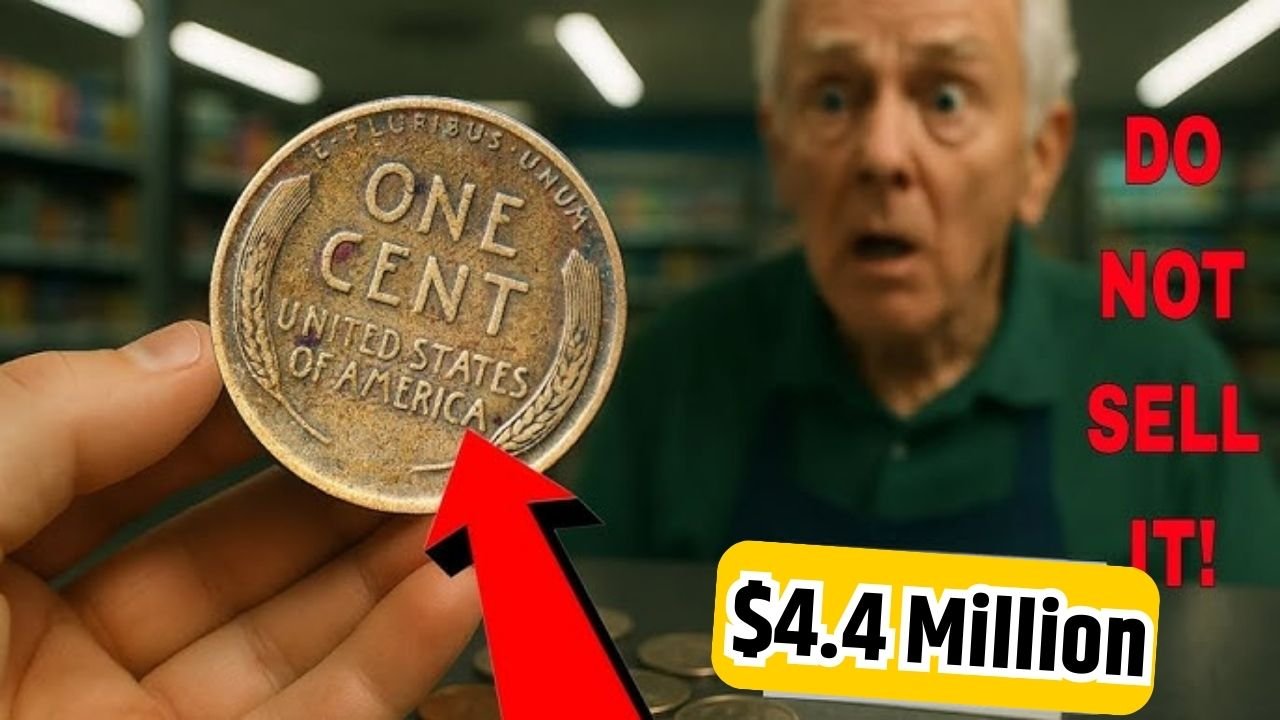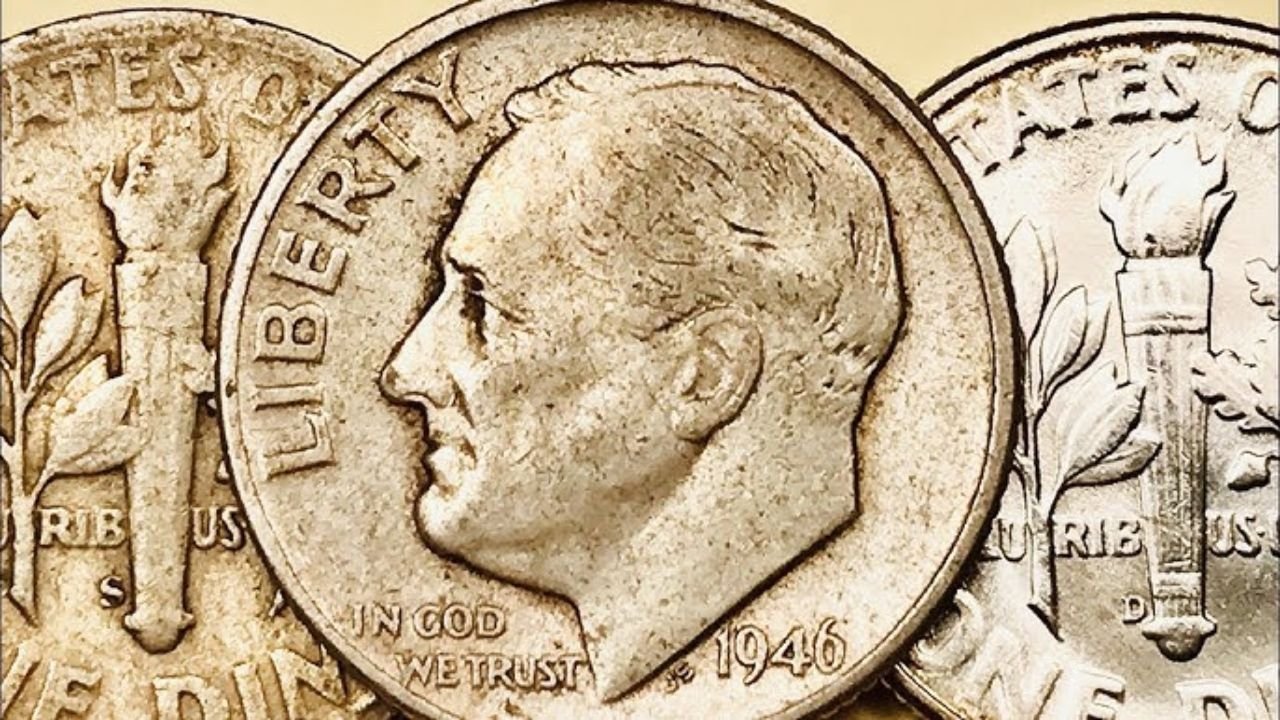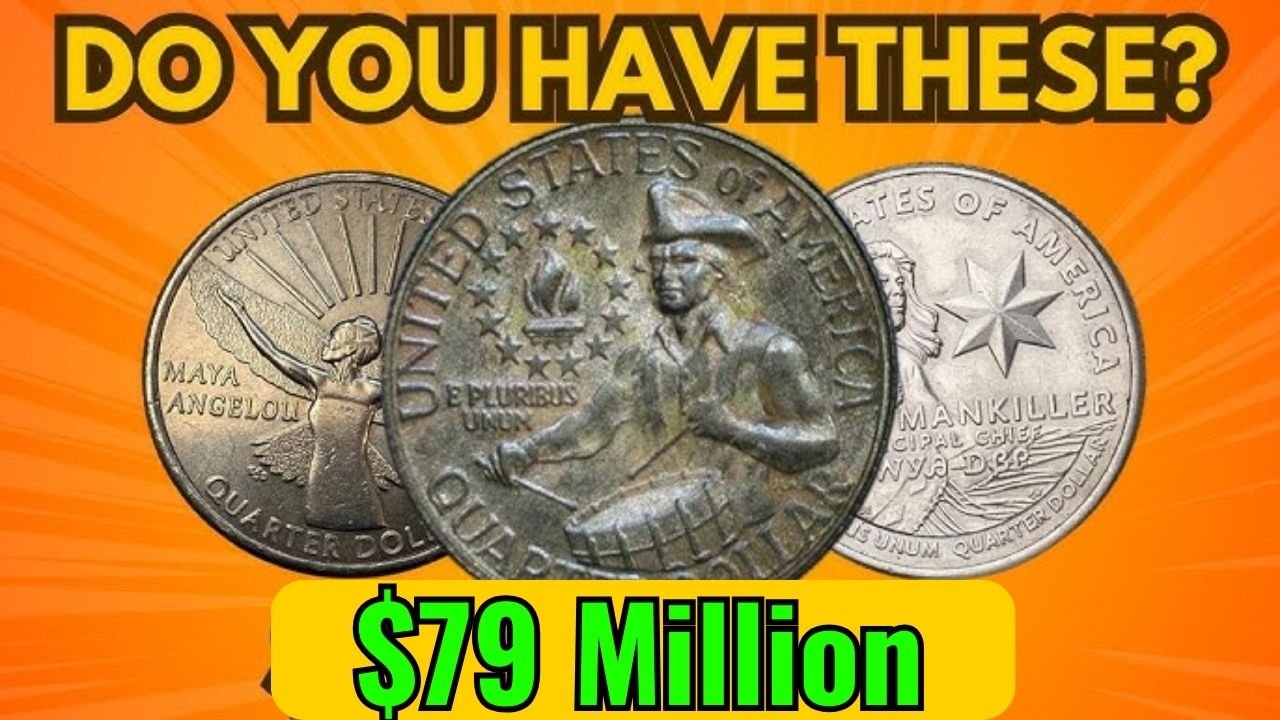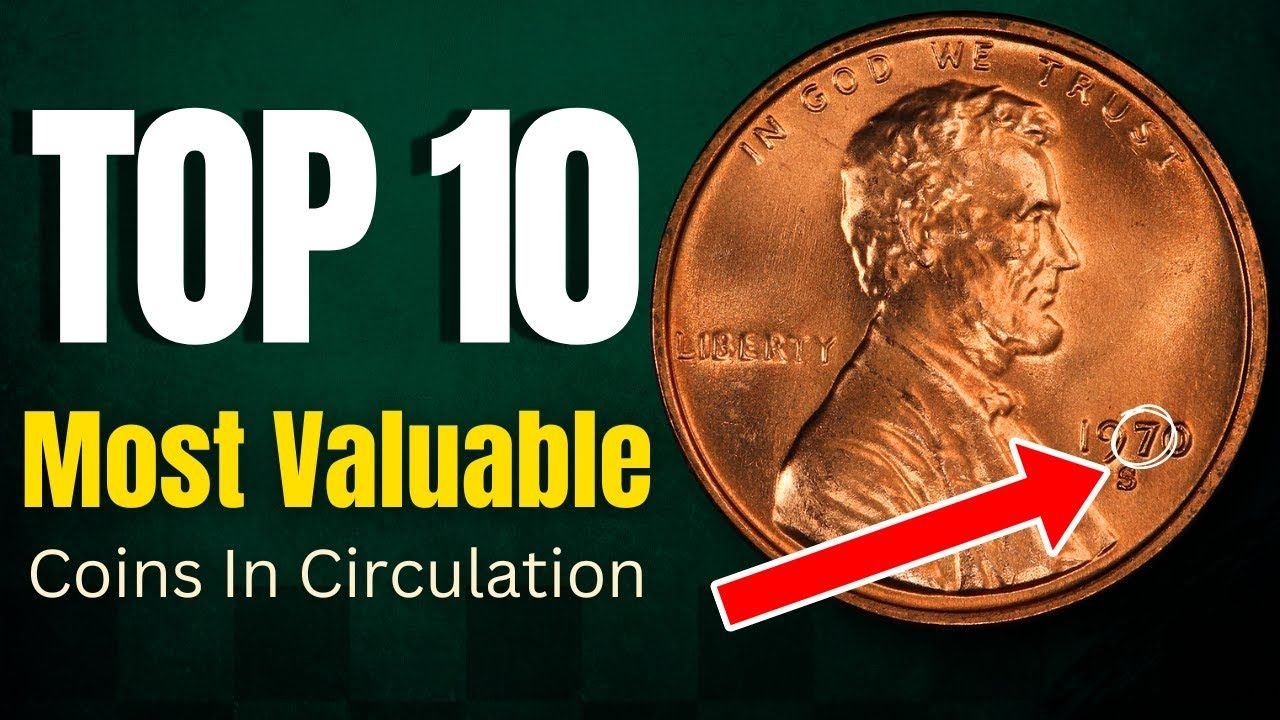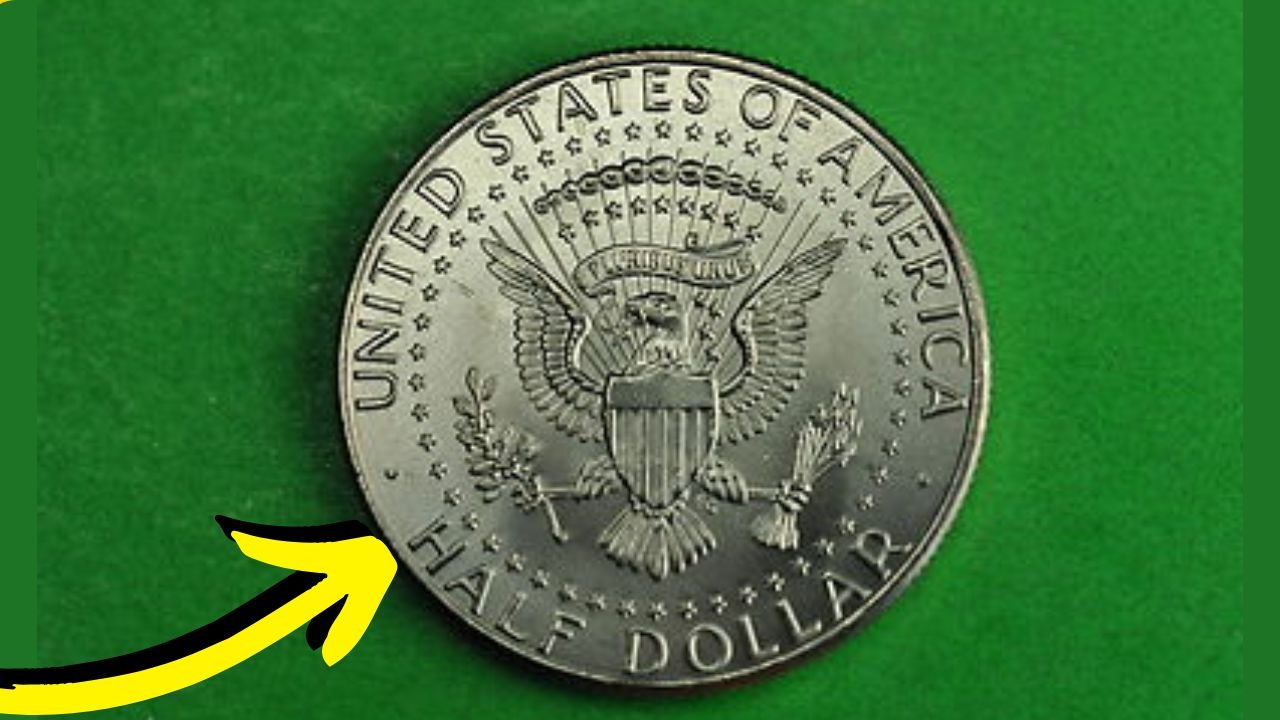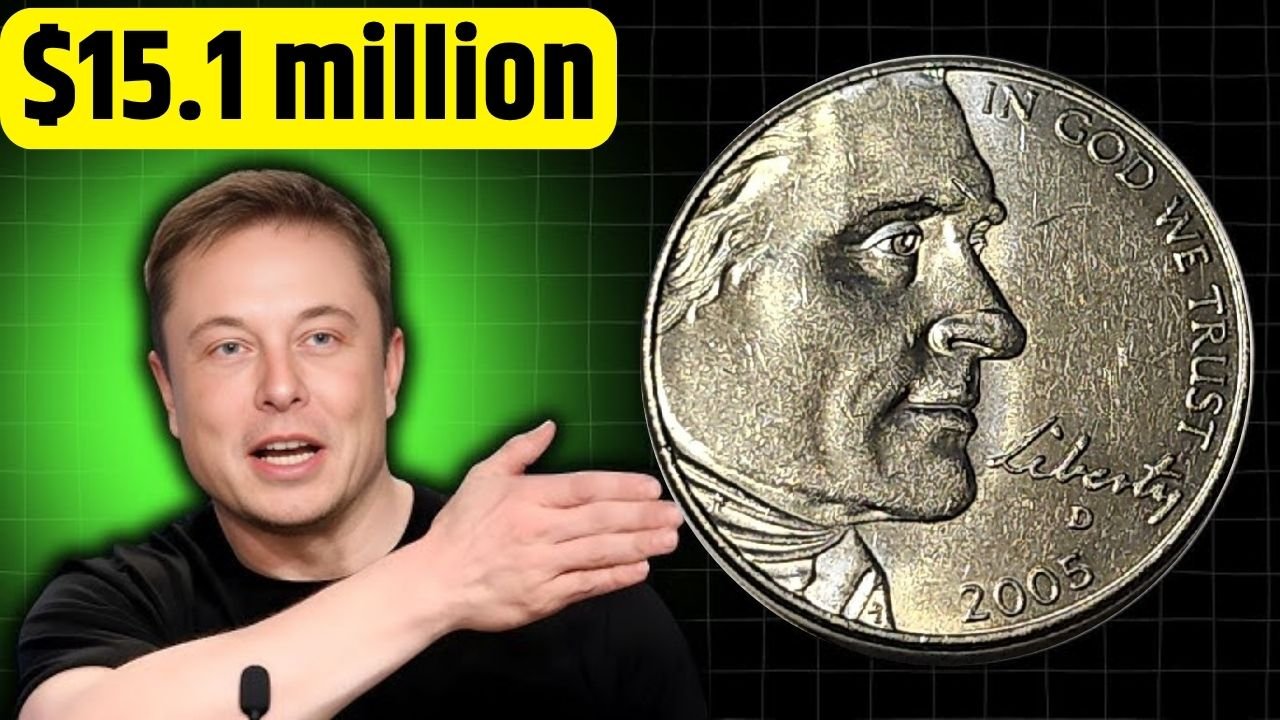Everyday pocket change might hold an unexpected fortune. Among the most common coins in circulation, the humble Lincoln Wheat Penny has produced some of the rarest and most valuable U.S. coins in history. While most are worth only a few cents, certain rare editions—like the legendary 1943 bronze penny—have sold for over $4 million. Could one be hiding in your coin jar?
The Enduring Appeal of the Lincoln Wheat Penny
First introduced in 1909 to commemorate the 100th anniversary of Abraham Lincoln’s birth, the Lincoln Wheat Penny quickly became a staple of American currency. Designed by Victor David Brenner, it features Lincoln’s profile on the obverse and two wheat stalks on the reverse, earning its nickname. These pennies were minted continuously until 1958, making them familiar to multiple generations. What many don’t realize is that some of these seemingly ordinary coins are anything but. Due to minting errors, low production numbers, or unique historical circumstances, certain Wheat Pennies have become prized collector’s items—with values reaching life-changing sums.
The Crown Jewel: The 1943 Bronze Penny
The most famous (and valuable) Lincoln Wheat Penny is the 1943 bronze edition. During World War II, copper was needed for the war effort, so pennies were temporarily made from zinc-coated steel. However, a few bronze planchets (coin blanks) from 1942 were accidentally used, resulting in a tiny number of bronze 1943 pennies. Only about 20 are known to exist today, and their rarity has driven prices into the millions. In 2021, one sold for $4.4 million at auction. If you ever come across a 1943 penny that isn’t silver-colored, you might be holding a fortune.
Other Rare and Valuable Wheat Pennies
While the 1943 bronze is the holy grail, several other Lincoln Wheat Pennies are highly sought after:
- 1909-S VDB – The first year of issue, this penny bears the designer’s initials (VDB) on the reverse. The San Francisco-minted version is particularly rare, with some selling for over $2 million in top condition.
- 1955 Double Die Obverse – A striking error caused the date and lettering to appear doubled. Well-preserved examples can fetch over $100,000.
- 1922 “No D” – Due to a die error, some 1922 pennies lack the “D” mint mark, making them extremely rare.
How to Spot a Valuable Wheat Penny
If you’re searching through old coins, here’s what to look for:
- Check the Date and Mint Mark – Key years like 1909, 1914, 1922, 1931, and 1943 are prime candidates. Mint marks (S, D, or none for Philadelphia) can significantly affect value.
- Examine for Errors – Look for doubling in the lettering, off-center strikes, or unusual coloration (like a 1943 penny that isn’t steel).
- Assess Condition – Coins in uncirculated or near-perfect condition are worth exponentially more than worn ones.
What to Do If You Find a Rare Penny
If you suspect you’ve found a valuable Wheat Penny:
- Handle with Care – Avoid cleaning or polishing, as this can drastically reduce value.
- Get It Authenticated – Reputable grading services like PCGS or NGC can verify its authenticity and condition.
- Research Selling Options – Auction houses, specialized coin dealers, and collector forums are the best places to sell rare coins.
The Thrill of the Hunt
Coin collecting is more than a hobby—it’s a treasure hunt where the next big find could be in your pocket or an old family collection. While the odds of discovering a multi-million-dollar penny are slim, the excitement of uncovering even a modestly rare coin makes the search worthwhile. So next time you receive a handful of change, take a closer look. That unassuming Wheat Penny might just be your ticket to an unexpected windfall.
